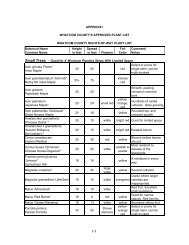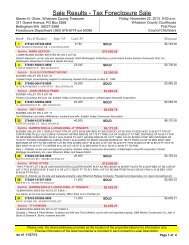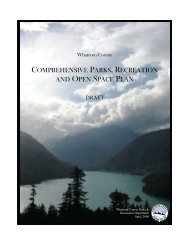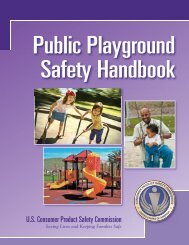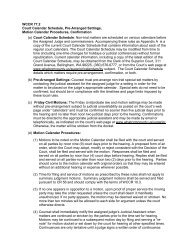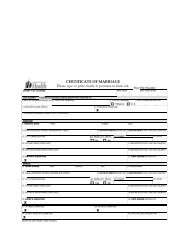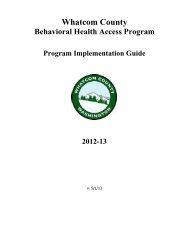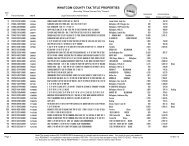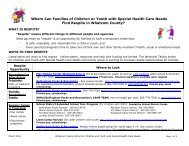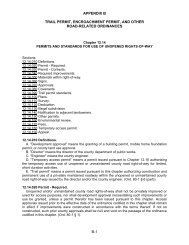Poisonous Plants Booklet - Whatcom County
Poisonous Plants Booklet - Whatcom County
Poisonous Plants Booklet - Whatcom County
You also want an ePaper? Increase the reach of your titles
YUMPU automatically turns print PDFs into web optimized ePapers that Google loves.
WASHINGTON STATE NOXIOUS WEED<br />
COMMON GROUNDSEL<br />
Senecio vulgaris<br />
Description: Common groundsel<br />
is a summer or winter annual, possibly<br />
a biennial. It has hollow<br />
stems and grows 6 to 18 inches<br />
tall. It has deeply lobed leaves<br />
and yellow, tubular flowers borne<br />
in clusters at the end of the stalks.<br />
Seeds are produced in a small<br />
dandelion-like puffball. Common<br />
groundsel usually flowers from<br />
spring into the fall, but can flower<br />
year-round during mild winters. It<br />
generally has a small taproot, with<br />
small, secondary, fibrous roots.<br />
Common groundsel grows best<br />
during cool, moist weather.<br />
Toxicity Rating: Moderate<br />
Toxic Part: All parts of the plant, both fresh and dried, are poisonous<br />
to livestock.<br />
Signs/Symptoms: Common groundsel contains<br />
the same alkaloid found in tansy ragwort.<br />
Irreversible liver damage and the<br />
same symptoms observed in tansy ragwort<br />
poisoning occur with common groundsel.<br />
Most poisoning occurs by feeding livestock<br />
contaminated hay. Some animals may not<br />
die from poisoning, but will remain in poor<br />
shape. Cattle and horses are more seriously<br />
affected than goats and sheep.<br />
6



